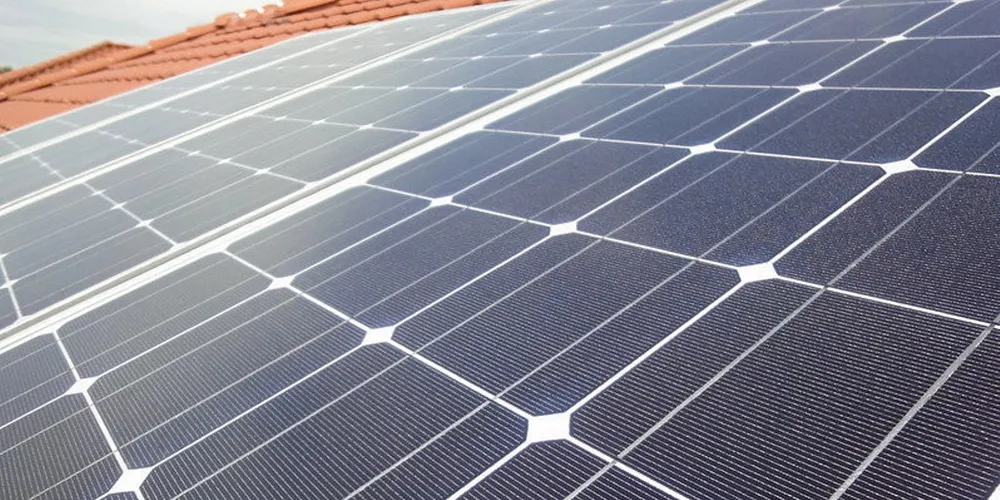Wind and solar lead charge as renewables jolt US electric sector with record supply: EIA
Banner production from wind and solar despite inflation and other challenges rippling through world's largest economy meets 24.5% of electricity demand to April, according to government figures
